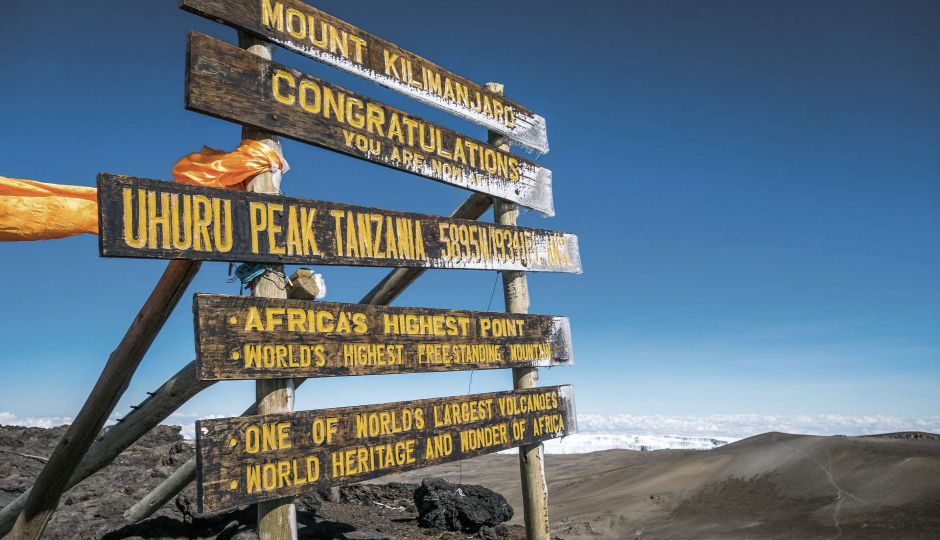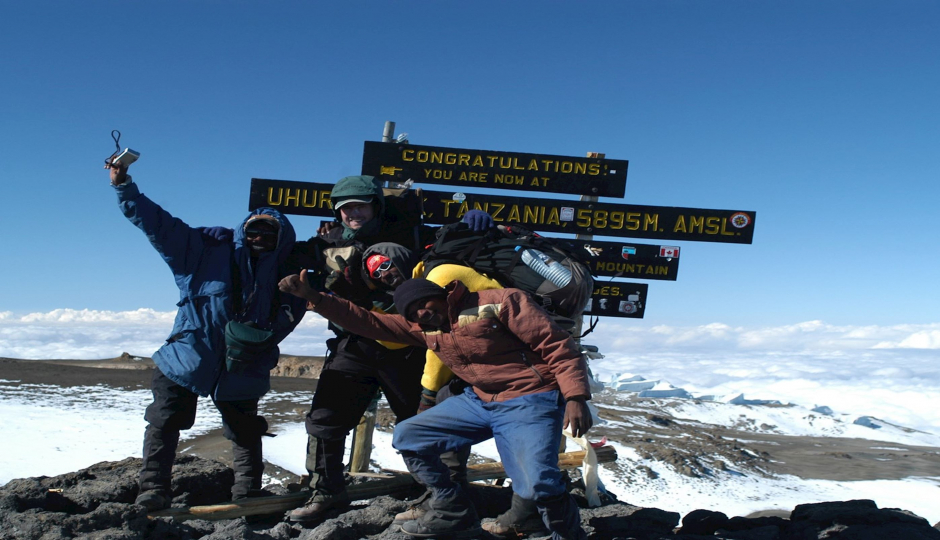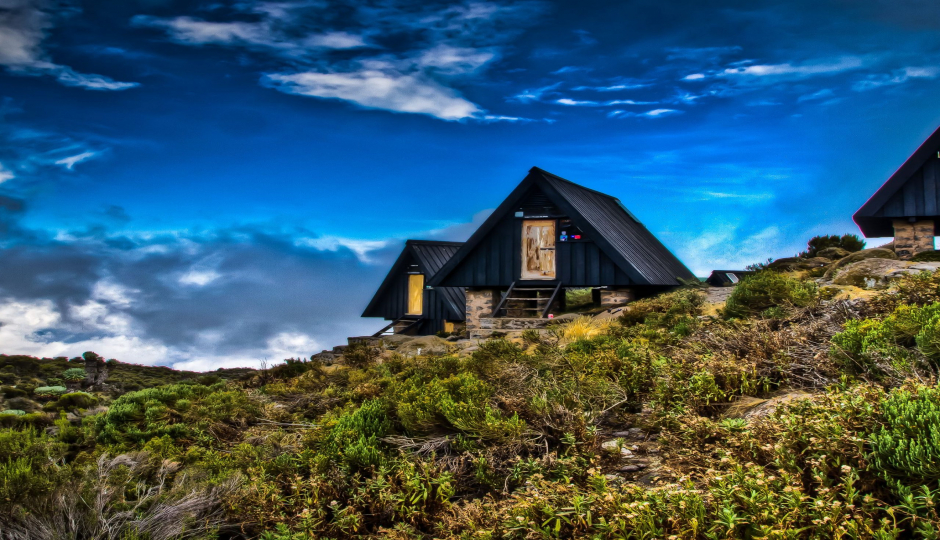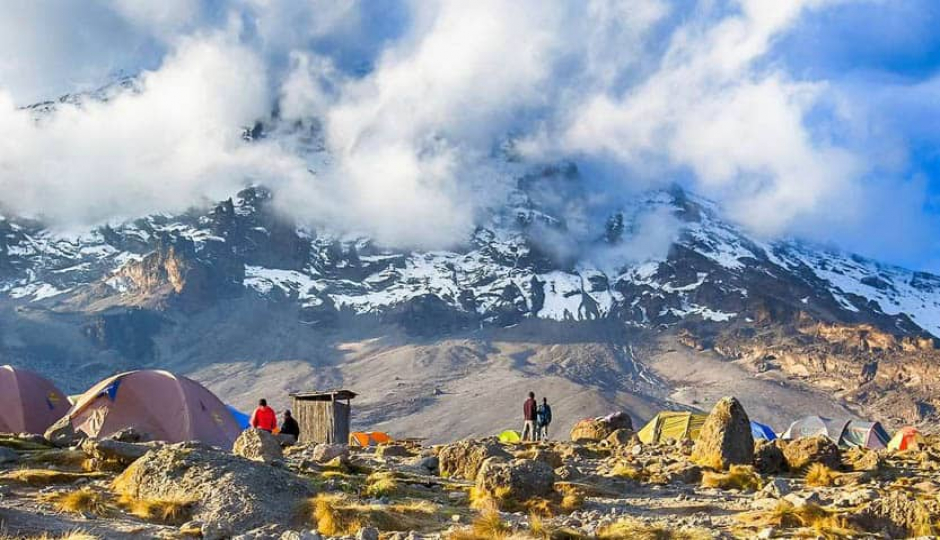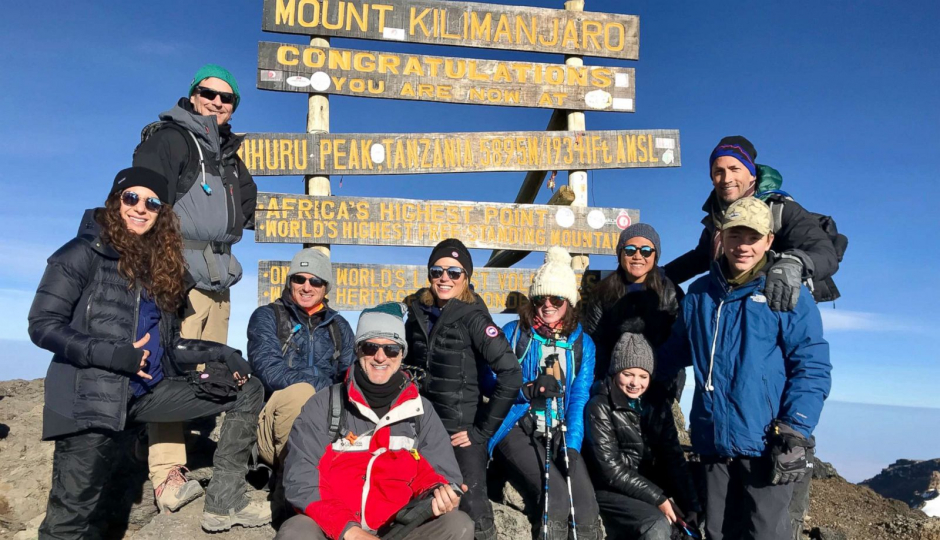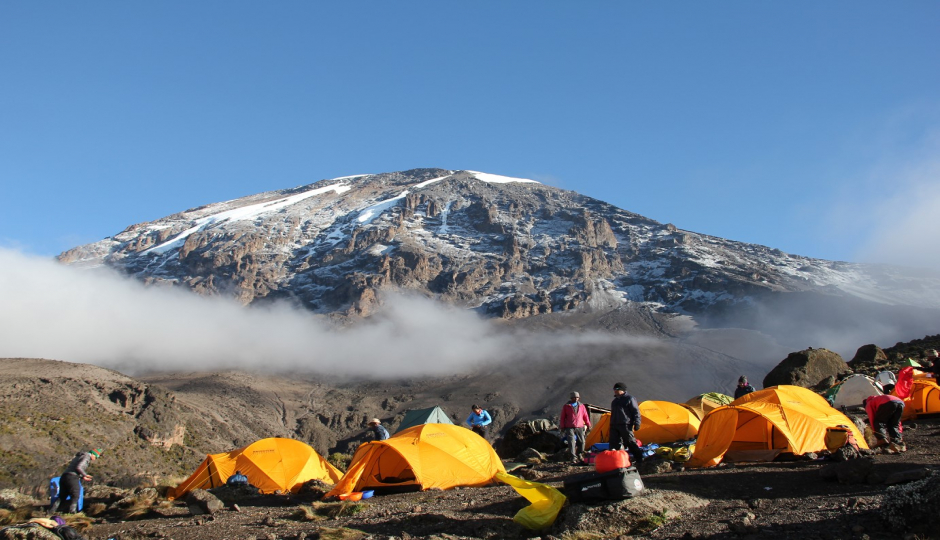Climb Kilimanjaro
Compared to other mountains, Mount Kilimanjaro is a relatively easy climb. You don’t need to be a professional climber to attempt the ascent, although a good level of physical fitness is a must. With the assistance of our professional guide team, we can get you to the peak so that you can gaze out across Africa.
Our experienced mountain guides will ensure that your climb to the roof of Africa is as safe and easy as possible. They have an intimate knowledge of the various routes and the climate conditions, allowing them to predict changes and avoid accidents along the way. At 100 kilometers in length and 60 kilometers in width, Mount Kilimanjaro has its own climate and five distinct vegetation zones. The climatic conditions on Mount Kilimanjaro change with the altitude; ranging from a tropical climate at its base to arctic conditions at the summit.
Kilimanjaro’s foothills enjoy a yearlong summer, with temperatures at the base averaging 25-30C year-round. Conversely, temperatures at the summit range from a chillier -10C to -20C. As a rule of thumb, the temperature drops by 1C for every 200m you ascend. The mountain experiences two rainy seasons: the monsoon (or long rainy season) between March and May, and the short rainy season from mid-October until late December. At the base, the mountain has upwards of 2,000mm of rain per year, compared to just 100mm of rain at the summit.
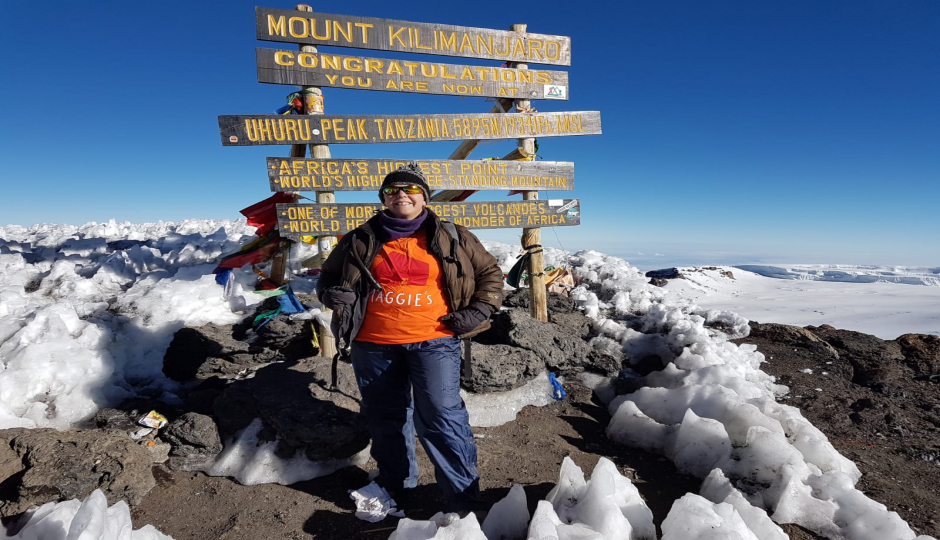
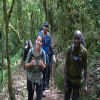
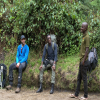
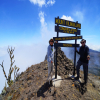
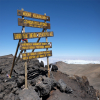

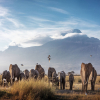 Tanzania
Tanzania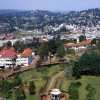 Uganda
Uganda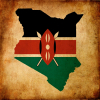 Kenya
Kenya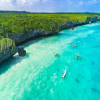 Zanzibar
Zanzibar



